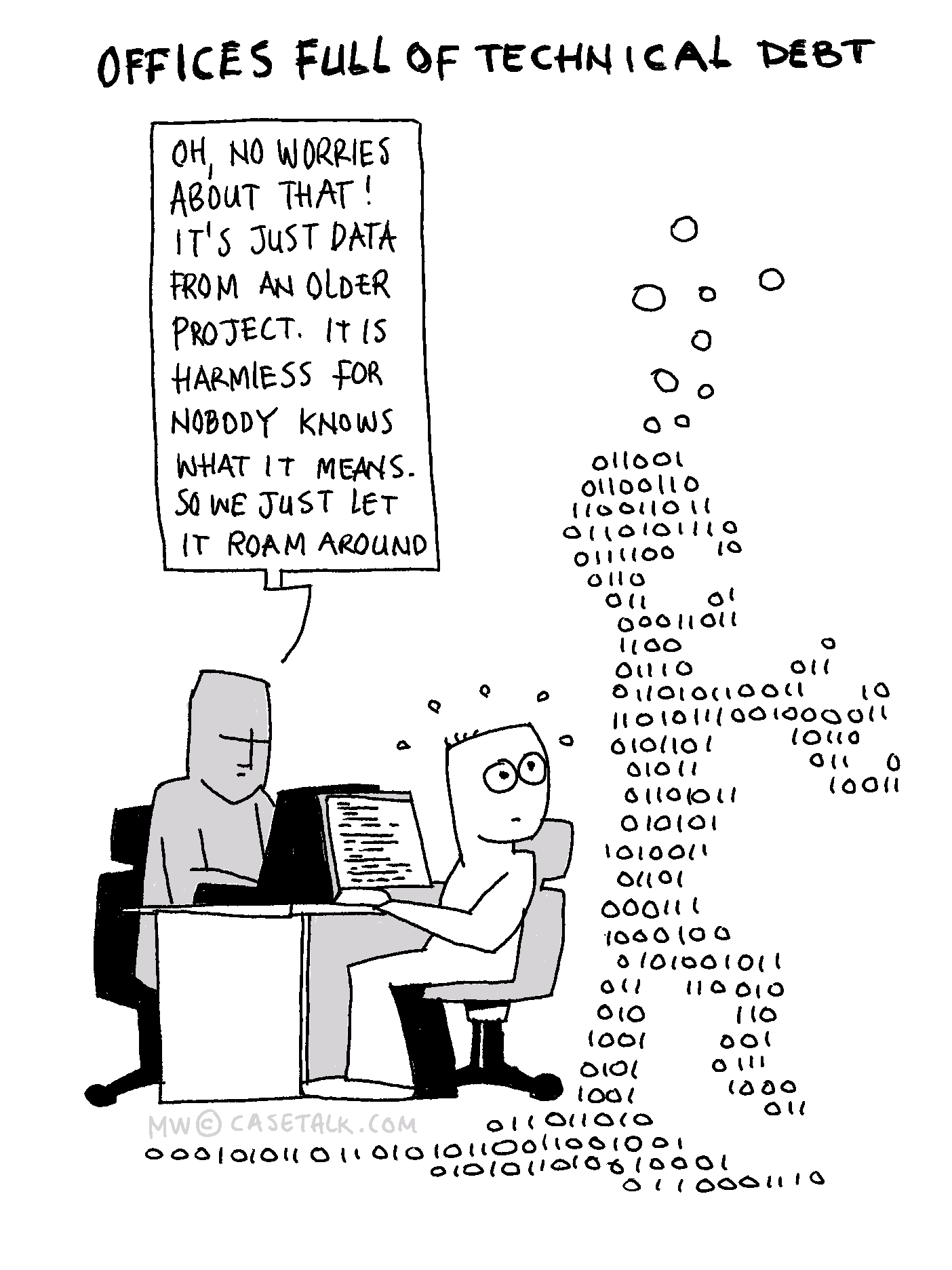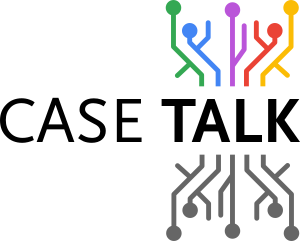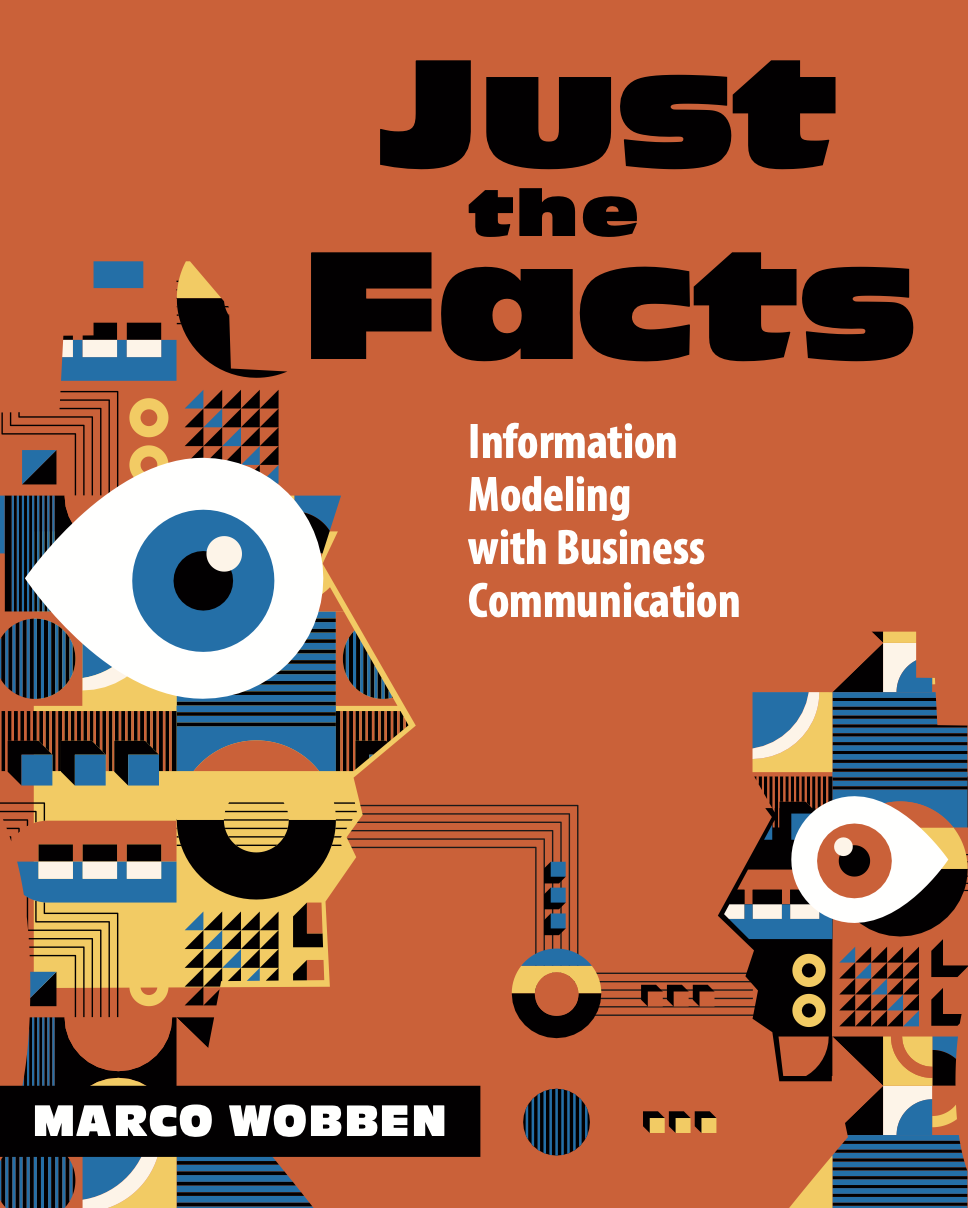As times passes by, technology evolves and replaces older technology. Careers change, people retire, and reorganizations happen. Data once thought crucial, copied and kept in many different places, while systems contain forgotten knowledge, and more and more people lose track it. New and younger staff is hired, and older knowledge is perceived obsolete and out of date.
And yet, we store all data, we try to analyze for insight, and add new systems with unproven technology, and society changes faster just as much. The data walks the organization as zombies after a global disaster. And yet nobody seems to be worried, for the new tool will solve that all.
We seem to not remember the past, and do not have the time to document the present. Information Modeling is not just for the next system, it is valuable to hold on to knowledge that already is getting lost, faster than we can ever amend.
As soon as we dig for knowledge in existing systems, or from domain experts still working at the organization, we should not store that for storing purposes. We should document it for future retrieval. Information Modeling, without technical bias, can deliver just that. Information Models can be transformed into technological artifacts without losing meaning, and can be transformed into future artifacts due to being properly documented already.
So, whenever you encounter data, the question that should arise, is "Do we understand this, and where is it documented for the future?"

 This license allows reusers to copy and distribute the material in any medium or format in unadapted form only, for noncommercial purposes only, and only so long as attribution is given to the creator.
This license allows reusers to copy and distribute the material in any medium or format in unadapted form only, for noncommercial purposes only, and only so long as attribution is given to the creator.
CC BY-NC-ND includes the following elements:
- BY – Credit must be given to the creator
- NC – Only noncommercial uses of the work are permitted
- ND – No derivatives or adaptations of the work are permitted


